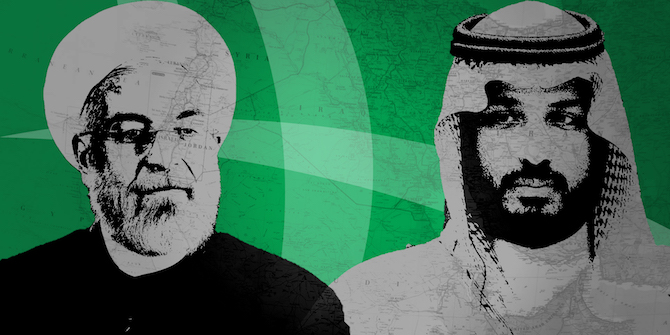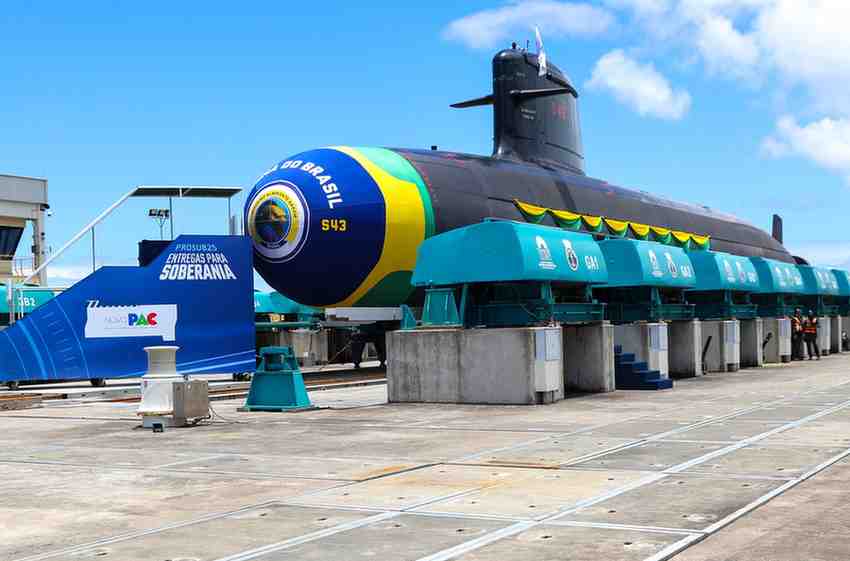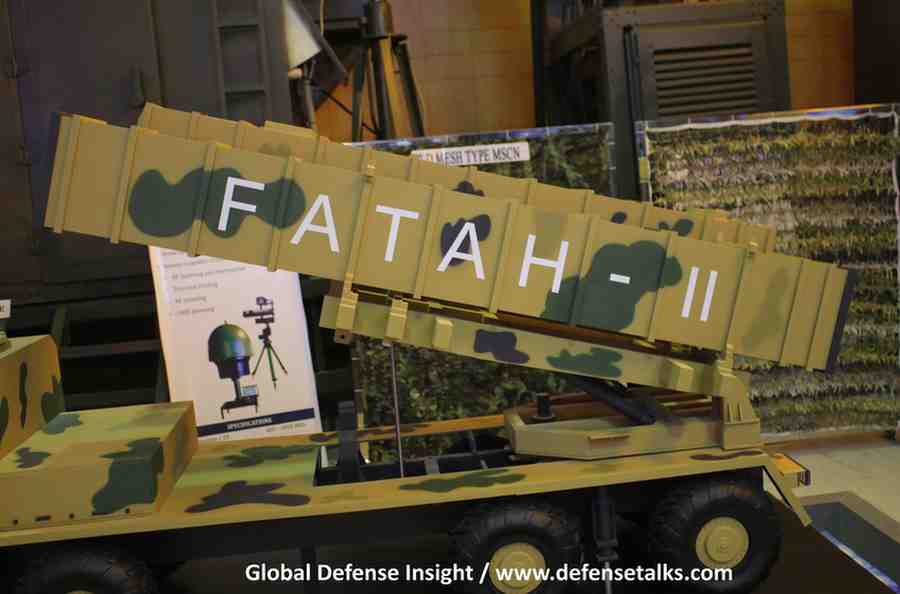The rivalry between the two pro-western realms Iran and Saudi Arabia, apart from the Arab oil crisis, is one of the multi-faceted challenges being faced by the Middle East. In order to achieve hegemony in the Gulf, the ongoing rivalry between the two powers i.e. Iran and Saudi Arabia is getting chaotic and intricate. Both states are consistently carrying on as real rivals and their hazardous rivalry is changing shifts for power-notching interests. The rivalry between the two powerful actors is evolving in the race of geopolitical approaches.
The two states had their relations balanced till the 1970s and were also used to be known as the “twin pillars” at the time of the US surpassing from British in the Persian Gulf. In circa 1979, the conflict over the ethnic framework and historical connotation took a new shape when the Shah of Iran was replaced by Ayatollah Khomeini whose purpose was to spread the sense of Shia Islam around the globe. This incredible change sent chills down the spines of Sunni Saudi Muslims because traditionally it is seen as the leader of the Muslim world because of being the guardian of the two holiest places. The political and ideological approach clearly throws light on the competing government models of Iran and the Kingdom of Saudi Arabia both claiming to have Islamic legitimacy. Some scholars neglect the role of sectarianism but it is to be believed that this is the main cause of rivalry between both the states.
Read More: Iran’s Quds Force Influence in the Region
The rivalry got further complicated by western interference including tactical support for Saudi Arabia as far as their own interests are concerned. In 1979, the Islamic revolution in Iran paved the path for the separation of both Saudi Arabia and Iran, their allies too did not stay the same. Saudi Arabia remained a staunch ally of the US while Iran adopted an Anti-western foreign policy which led to its isolation from the International system whose hegemon was the US. The presence and dominancy of the US in the Middle East are quite abominable for Iran and it considers it an obligation to keep opposing and hating this ‘Great Satan’ in the Gulf. This is a fact that where the Arab Spring Revolution provided Tehran with so many strategic and political challenges, it also got Tehran a handful of opportunities. Tehran provides help to Shia minorities present in those Gulf Arab nations which are US allies and strictly lie under the US security umbrella.
Iran and Saudi Arabia have been supporting proxy groups against each other in Syria. This basically includes Iranian support for Hezbollah and Saudi support for a Salafi jihadist. Iran is indirectly fighting against Saudi Arabia also the Saudi support of proxy groups is not as strong as compared to the Iranian support. Prince Mohammad seems quite determined to escalate the rivalry furthermore with Iran as he continues to bring Riyad’s concern over the Iranian expansion across the Arab world. Prince Mohammed’s anti-Iranian rhetoric pledges to reduce Iranian influence in Bahrain, Yemen, Lebanon, Syria, and Iraq are also intended to ignite a state of war in which internal concern is suppressed. Saudi Arabia is trying to lessen the possibility of the reintegration of Iran into the World. The conflict between the two countries will end only if the domestic uncertainties fade away. Another solution might be possible when the Kingdom feels internally secure and just stop blaming external enemies for its shortcomings.
About Author:
Kissa Zahra is a student of Strategic Studies at National Defence University, Islamabad.
- GDI Staffhttps://defensetalks.com/author/umair/
- GDI Staffhttps://defensetalks.com/author/umair/
- GDI Staffhttps://defensetalks.com/author/umair/
- GDI Staffhttps://defensetalks.com/author/umair/












